Authors: Kurt Gokbudak, Systems Architect, Schneider Electric, and Jack Creamer, Market Segment Manager, Pumping Equipment–Industry Business, Schneider Electric
Outdated IT and communications infrastructures
Fifty years ago, when many of today’s existing facilities were built, the Internet was just a concept. But office occupants, hotel guests, and students are part of a highly connected society and they expect the infrastructure in their buildings to support them technologically.
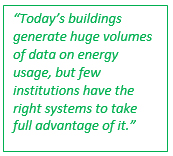 Facilities that were built 40 or 50 years ago were not designed with laptops and mobile devices in mind. A simple example is electrical outlets – with every occupant and visitor using one or more mobile devices, there is a greater need for more outlets today to support worker productivity. And innovations like global collaboration, which is important both in the office and on campuses, requires an advanced IT and communications infrastructure that an older building can’t support without modernization.
Facilities that were built 40 or 50 years ago were not designed with laptops and mobile devices in mind. A simple example is electrical outlets – with every occupant and visitor using one or more mobile devices, there is a greater need for more outlets today to support worker productivity. And innovations like global collaboration, which is important both in the office and on campuses, requires an advanced IT and communications infrastructure that an older building can’t support without modernization.
Appropriately used space in facilities
The physical space allocations in older buildings are very different than the ones build from the ground up today. Buildings constructed 40 or 50 years ago are not equipped with the physical infrastructure to accommodate today’s extensive communication network of fiber optic cabling, Wi-Fi routers, and other data center equipment. Consequently, without the proper design, this equipment is placed in spaces that are ill-fitted for it, which can compromise its functioning and cause excessive use of energy.
In higher education institutions, space allocation today is very different as well. Facilities are a school’s most valuable asset, yet it is not uncommon for most institutions to have little to no awareness of what buildings are being used for and when. In fact, it is not unusual for classrooms to be unoccupied 60% of the time.9 Similarly, in the hospitality industry, guest rooms are unoccupied 70% of the time, yet account for 40-80% of hotel energy consumption.1
Turning an aging facility into a smart one
A Schneider Electric survey of decision makers at U.S. companies found that 93% of the respondents felt that infrastructure upgrades and modernization projects were an important priority to their business. 2
It is apparent that these companies are ready to move forth and protect their aging assets. To address the cost and operational issues of older buildings, building owners and managers must create a smart building concept that incorporates functional infrastructure systems with automated processes, streamlined operations, and data-driven facilities management. This concept also includes mechanical, electrical, information and communications technology, and security systems that are connected and integrated.
Here are four key strategies that are integral to a smart building concept:
Strategy #1: Connected IT and communication systems
In a Schneider Electric survey, 56% of the participants cite the convergence of information technology and operational technology as the biggest trend impacting their business. Forty-eight percent of the participants believe it will reduce costs, while 43% see it as optimizing processes.
A survey of facilities managers in higher education found that 61% of the respondents felt they needed to update classroom space to meeting changing needs of students. 3 This is especially true in aging campuses that need to be rewired for the needs of students, but also administration and faculty.
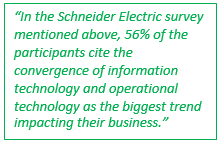 For all types of facilities, a single, intelligent control system communicating through an IP backbone and built upon architecture of open standards can enable energy and operational cost savings. Such a platform can also accommodate future technologies as they emerge without the need for major reconfiguration.
For all types of facilities, a single, intelligent control system communicating through an IP backbone and built upon architecture of open standards can enable energy and operational cost savings. Such a platform can also accommodate future technologies as they emerge without the need for major reconfiguration.
Buildings can be updated with innovative interactive solutions for training, learning, white boarding, and video conferencing, which extends collaboration globally beyond the walls of a facility.
In addition, an innovative technology infrastructure provides greater support for building owners and managers. Integrated systems and advanced analytics, along with the automation of processes, streamlined operations, and intelligent use of data is a major step toward building a smart facility.
Strategy #2: Better energy management
Predictive and preventative maintenance is one of the key ways to future-proof buildings. ENERGY STAR data shows how commercial buildings, hotels, and campuses can save costs by improving their energy usage. For instance, an ENERGY STAR study of commercial buildings with ongoing benchmarks of energy performance discovered that building owners cut their energy bills by 7% over three years (2.4 percent per year on average). 4
Here’s what this translates into:
- For a 500,000-square-foot office building, there is a cumulative cost savings of $120,000; this would provide an increase in asset value of over $1 million.
- For a full-service hotel chain with 100 properties, the cumulative cost savings would be $4.1 million; this would provide an increase in revenue per available room of $1.41.
- For an 800,000-square-foot school district, the cumulative cost savings of $140,000 would be equivalent to the salary of 1.2 full-time teachers each year.
The ENERGY STAR data uses a potential savings of 7% is a low number, when in actuality, with the right IBMS and energy saving measures, the potential savings could reach up to as high as 30%. For instance, the U.S. Department of Energy (DOE) publishes a rule of thumb that operation and maintenance programs targeting energy efficiency can save 5-20% on energy bills with little capital investment at all. 5
As another example in hotels, integrated solutions such as guest management systems can have a significant impact on energy as well. According to ENERGY STAR, hotels in the United States spend $2,296 per available room each year on energy, which is equivalent of 6% of all operating costs. A 10% savings from a guest management system would have the same financial effect as increasing the average daily room rate by $0.62 in limited service hotels and by $1.35 in full-service hotels. 6
Strategy #3: More efficient space utilization
Technology advancements make it easier building owners and managers to manage space and operations most cost effectively. For example, smart room controllers can replace standard thermostats and easily be connected wirelessly to occupancy and door sensors to track space usage. The data from these controllers can also be used in a building energy management system so that historical analysis of the data can help executives make data-driven decisions on how to use space appropriately.
Other analytics tools, such as a centralized scheduling process, can also be added into these systems to help optimize room usage, so that the right space is used for the right purpose at the right time.
Space utilization is a big challenge on school campuses, especially as e-learning opportunities increase and on-campus populations decrease. Schools are recognizing that better space allocation can lower operating costs and improve the overall function of a campus. In the 2012 Inside Higher Ed Survey of College & University Business Officers report, participants identified better management of campus space as part of their top strategies for cost-cutting over the next couple of years. In fact, nearly half of the participants (over 44%) cited the effective use of facilities as important, underscoring the need for better space management. 7
Strategy #4: Intelligent preventative maintenance and modern diagnostics
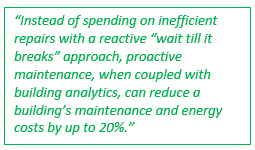 Predictive and preventative maintenance is one of the key ways to future-proof buildings. It not only saves costs, but it also extends the life of a building and its systems through the optimization of facility performance. Instead of spending on inefficient repairs with a reactive “wait till it breaks” approach, proactive maintenance, when coupled with building analytics, can reduce a building’s maintenance and energy costs by up to 20%. In addition, surveys show that with a proactive approach, facilities can achieve benefits such as:
Predictive and preventative maintenance is one of the key ways to future-proof buildings. It not only saves costs, but it also extends the life of a building and its systems through the optimization of facility performance. Instead of spending on inefficient repairs with a reactive “wait till it breaks” approach, proactive maintenance, when coupled with building analytics, can reduce a building’s maintenance and energy costs by up to 20%. In addition, surveys show that with a proactive approach, facilities can achieve benefits such as:
- A 10x return on investment
- 25-35% reduction in maintenance costs
- 70-75% fewer breakdowns
- 35-45% reduction in downtime
- 20-25% increase in production
When facilities managers have the right maintenance and diagnostic tools, they can develop benchmarks, gain better control of their systems, and identify repairs and maintenance requirements before issues reach a critical mass. In addition, building analytics can help pinpoint issues, trends, and averages that help facilities manager prioritize maintenance tasks and actions.
READ PART 1 | READ PART 2 | READ PART 4: WHAT DOES A CONNECTED SMART FACILITY LOOK LIKE?
Footnotes
1 Guest Room Management, Schneider Electric
2 Modernization and the Path to Energy Efficiency, Jim, Sandelin, Schneider Electric
3 Ibid., 12
4 The business case for energy efficiency, ENERGY STAR
5 Energy Efficient Building Management, National Renewable Energy Laboratory
6 Guest Room Management Solutions, Schneider Electric
7 2013 APPA Thought Leaders: The Rising Cost of Education, APPA, 2013
About the Authors
Kurt Gokbudak is a systems architect for Schneider Electric. He focuses on understanding the energy and operational challenges and needs that facilities face today so Schneider Electric can provide the best tools to address them and better position these facilities for the future. He has been with Schneider
Electric for 5 years and has held sales, marketing, and operational positions throughout his 25-year career. He is a Certified Energy Manager (CEM) and is an active member of the Association of Engineers (AEE) and the American Society of Heating, Refrigerating, and Air-Conditioning Engineers (ASHRAE). He holds a bachelor’s degree in mechanical engineering from the University of Illinois.
Jack Creamer is Schneider Electric Segment Marketing Manager – Pumping Equipment, based in the United States. Mr. Creamer has more than 30 years in the Electrical Industry, and has been involved for 10 years in the Pumping Industry. He is involved in key industry organizations such as the Hydraulic Institute and Submersible Wastewater Pump Association, where he holds both Committee Chair and Board level positions. In his time in the Pump industry, he has help Schneider create numerous solutions that both enhance pumping efficiency and address issues such as maintenance and downtime.

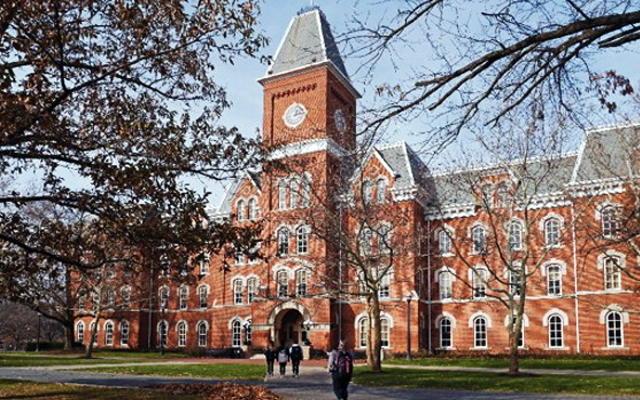
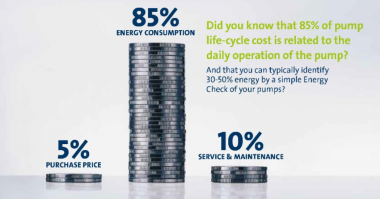
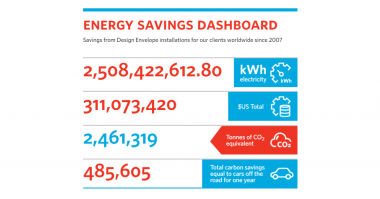
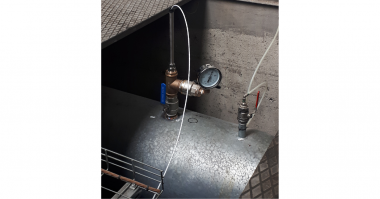
Comments